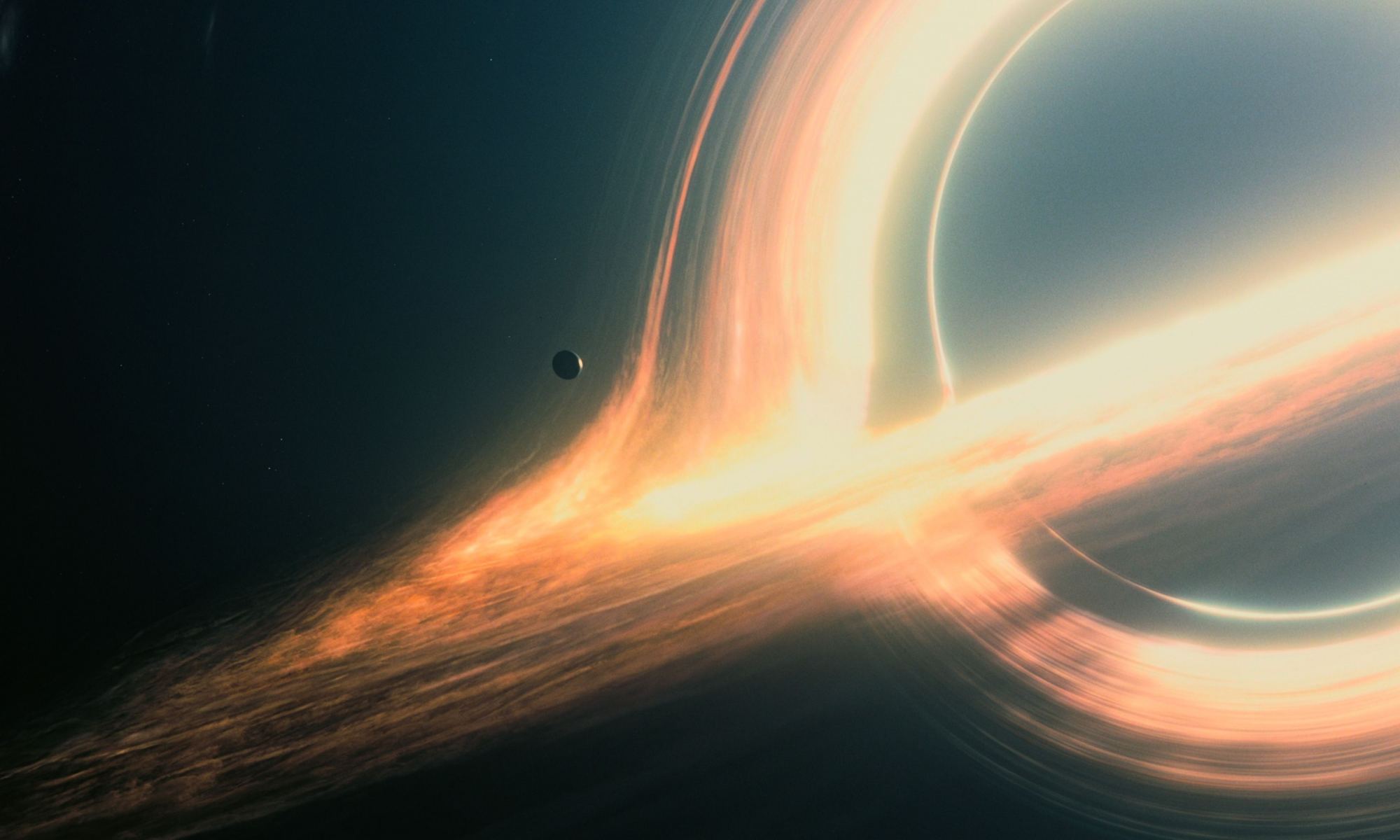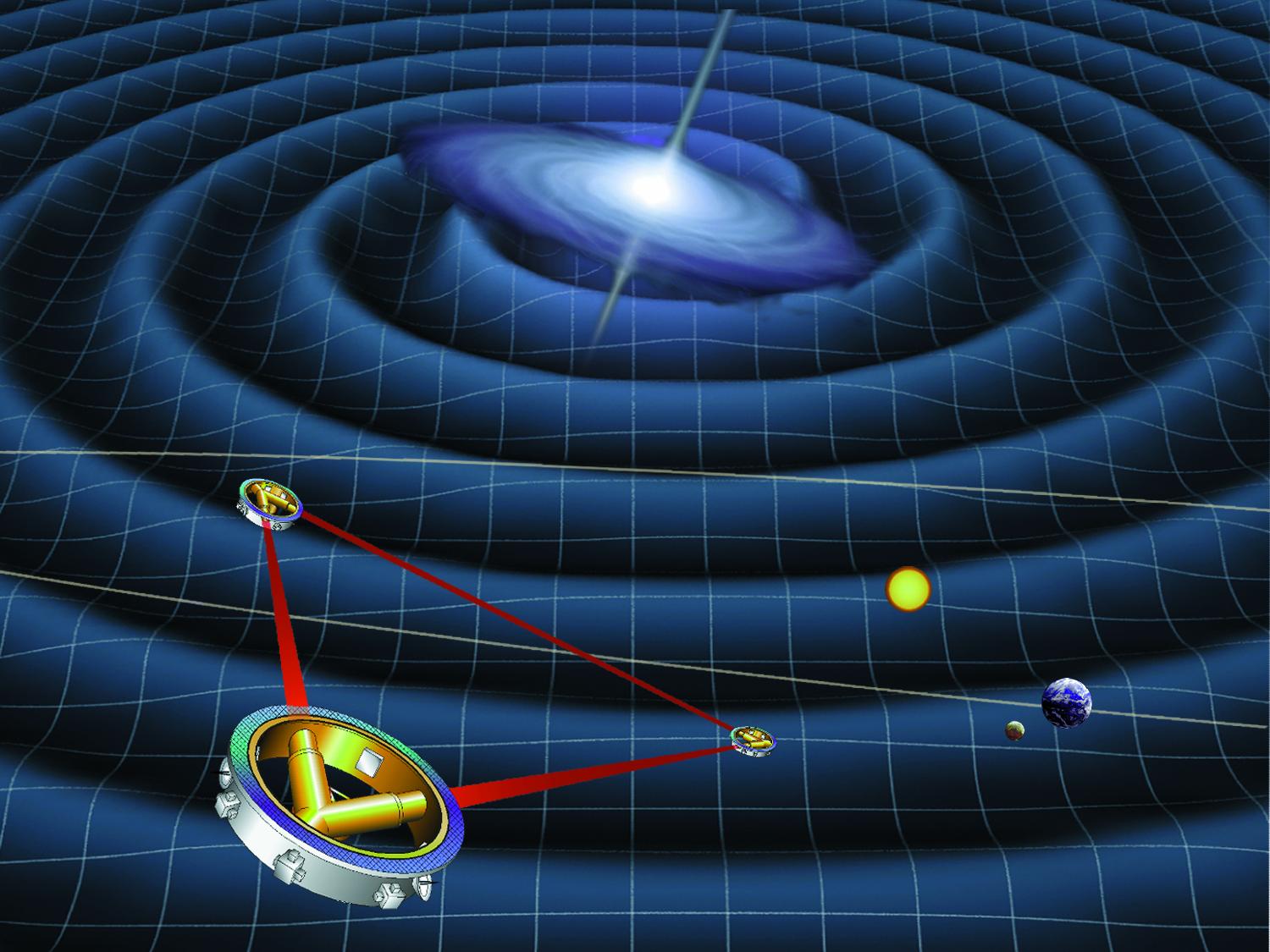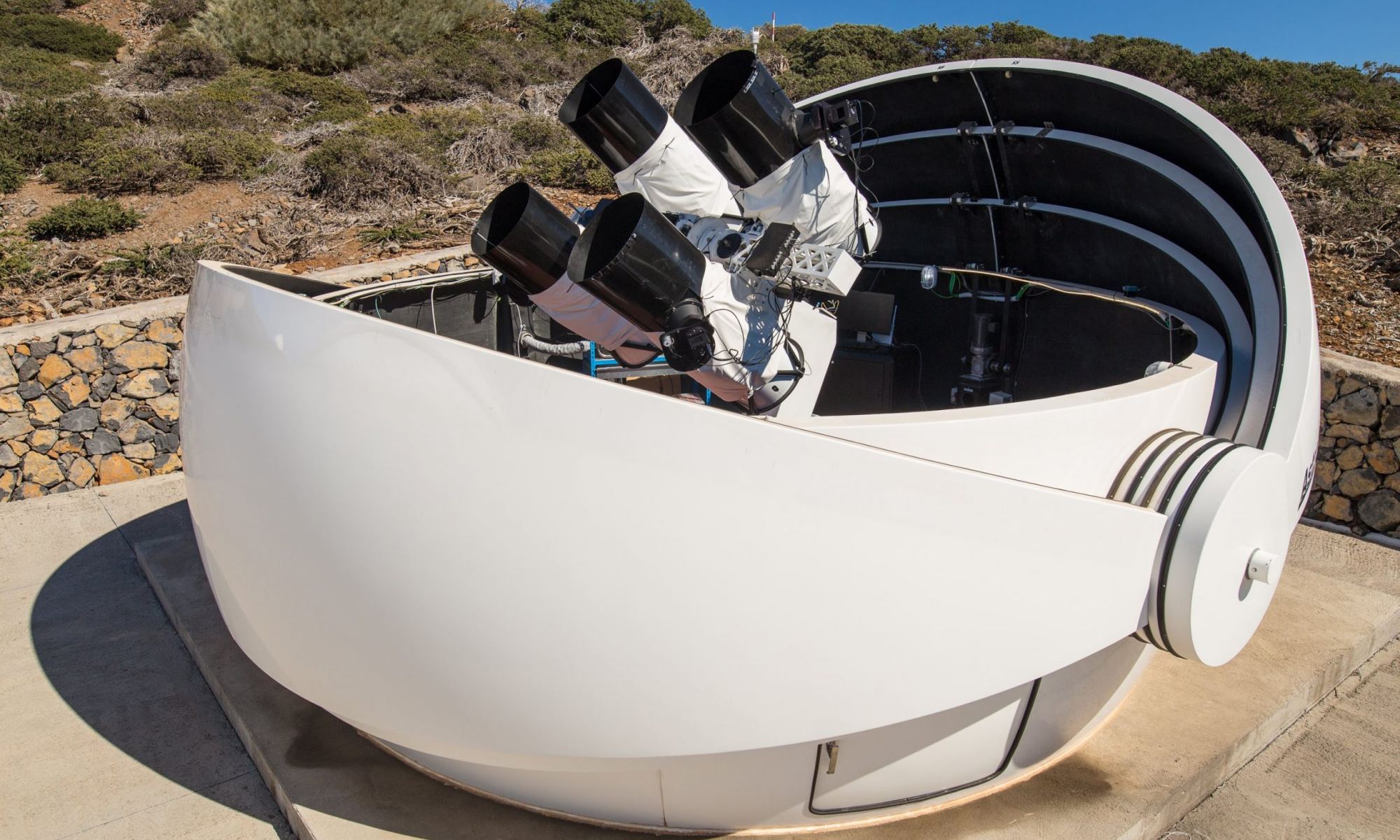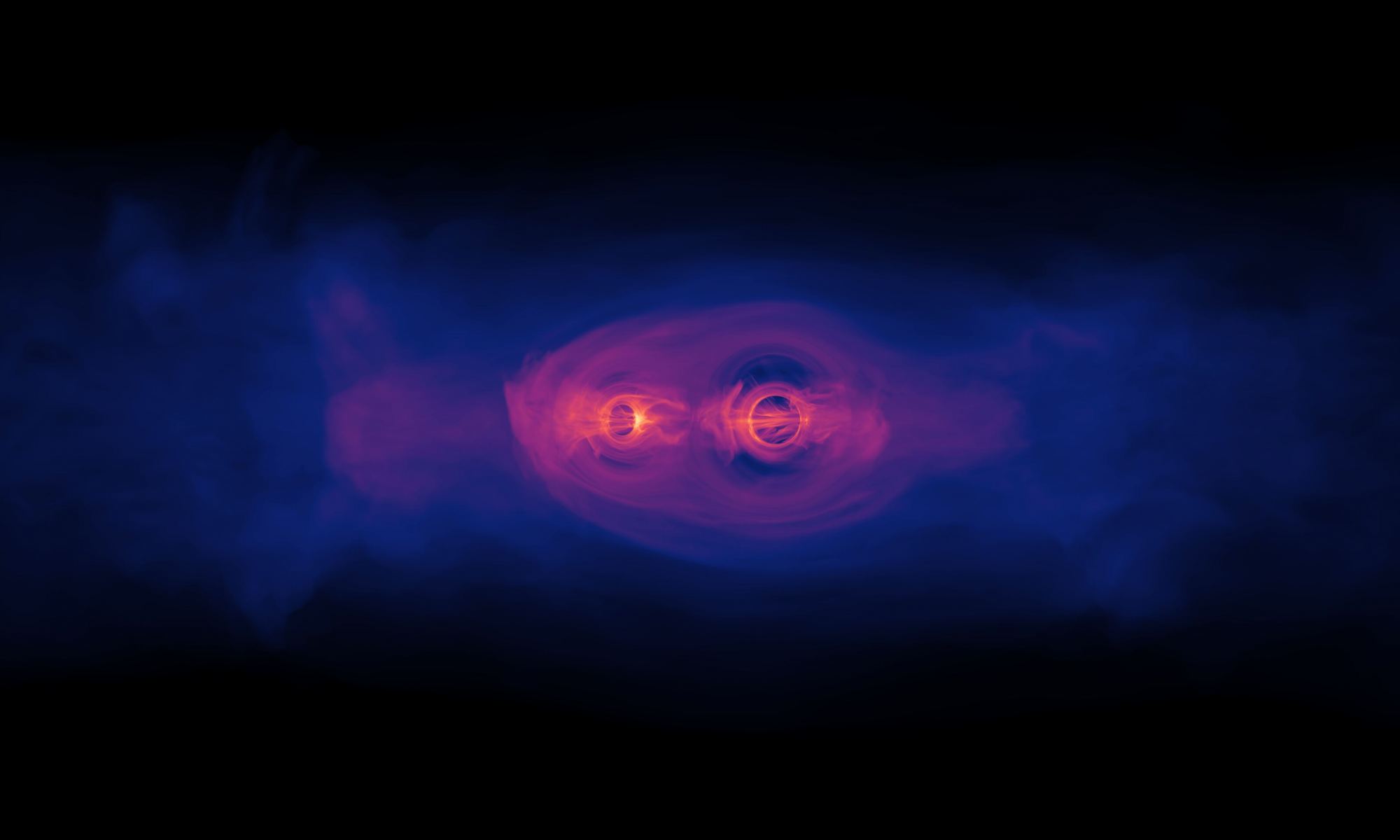Dark matter continues to resist our best efforts to pin it down. While dark matter remains a dominant theory of cosmology, and there is lots of evidence to support a universe filled with cold dark matter, every search for dark matter particles yields nothing. A new study continues that tradition, ruling out a range of dark matter candidates.
Continue reading “One Idea to Explain Dark Matter – Ultralight Bosons – Fails the Test”You Thought Black Hole Event Horizons Looked Strange. Check out Binary Black Hole Event Horizons
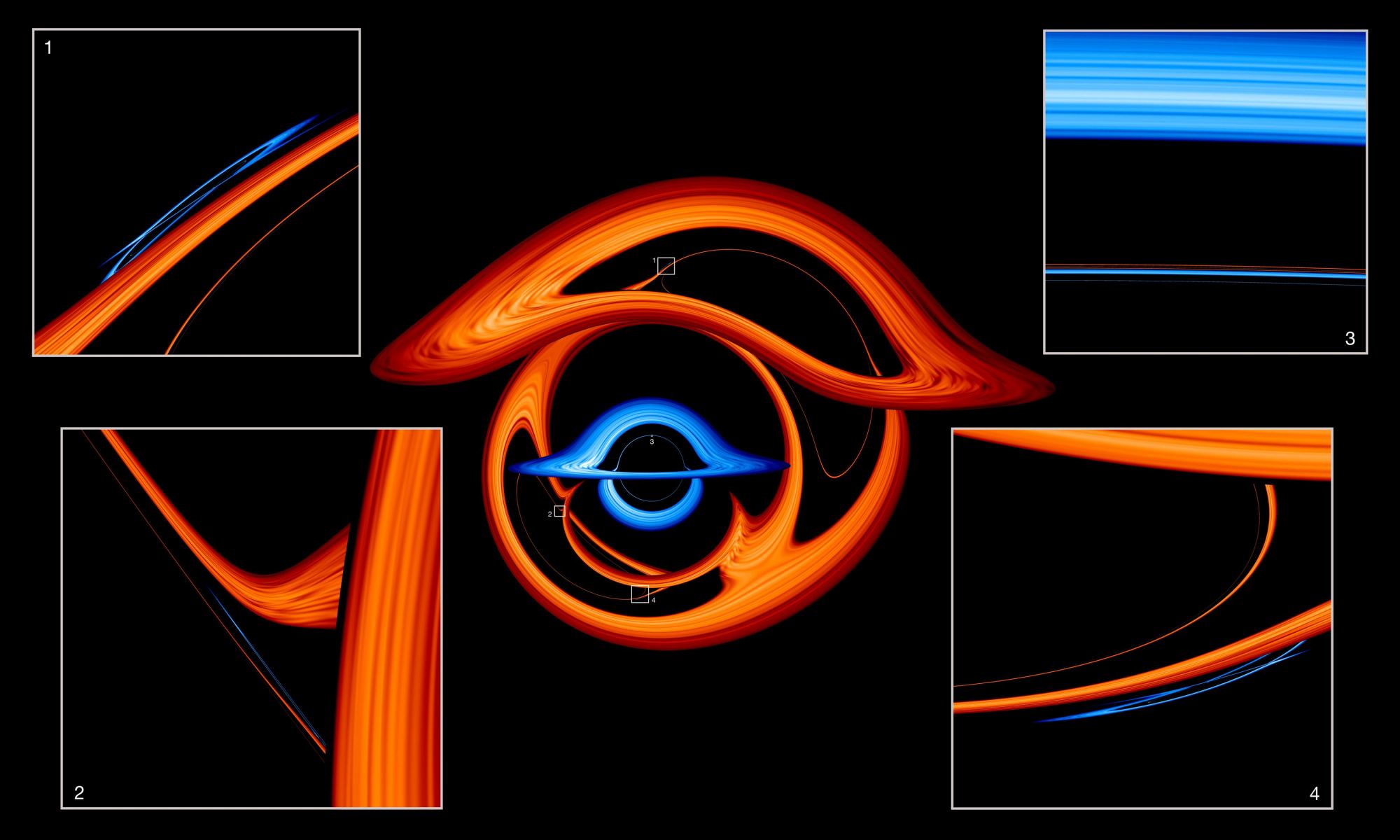
One of the strangest predictions of general relativity is that gravity can deflect the path of light. The effect was first observed by Arthur Eddington in 1919. While the bending effect of the Sun is small, near a black hole light deflection can be significant. So significant that you need a powerful supercomputer to calculate how light will behave.
Continue reading “You Thought Black Hole Event Horizons Looked Strange. Check out Binary Black Hole Event Horizons”A new way to see Inside Neutron Stars
Imagine trying to study an object light-years away that is less than 20 kilometers in diameter. The object is so dense that it’s made of material that can’t exist naturally on Earth. This is the challenge astronomers face when studying neutron stars, so they have to devise ingenious ways to do it. Recently a team figured out how to study them by using the power of resonance.
Continue reading “A new way to see Inside Neutron Stars”Black Holes Simulated in a Tank of Water Reveals “Backreaction” for the First Time
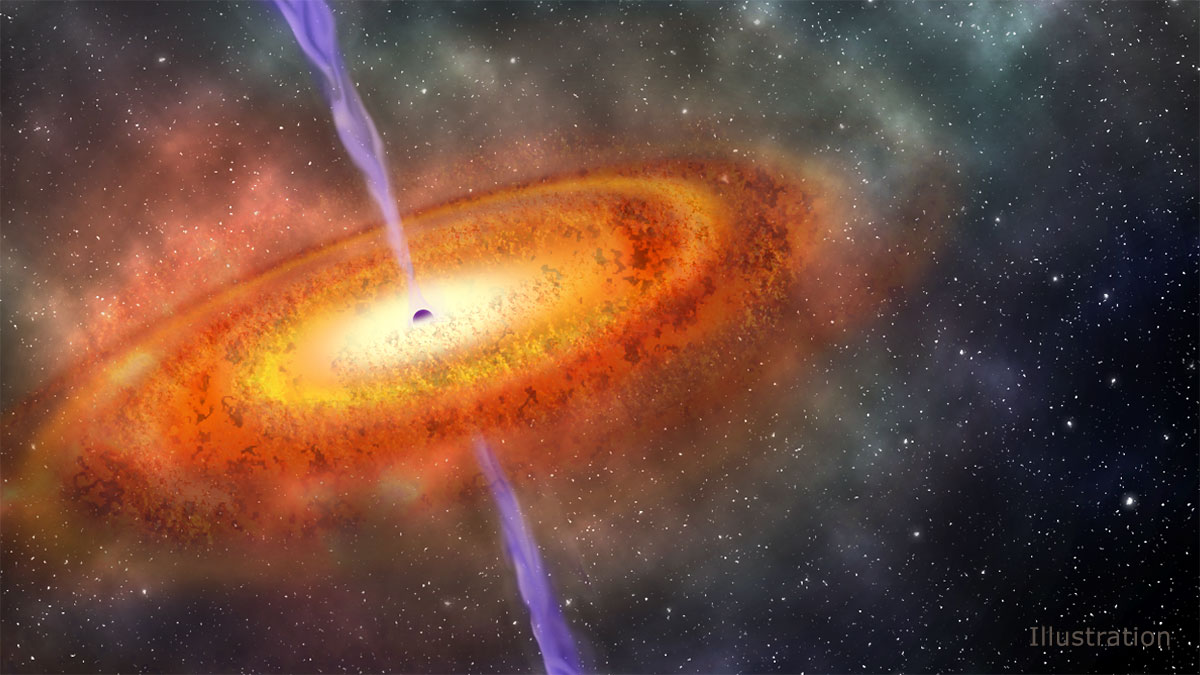
It’s hard to make a black hole in the lab. You have to gather up a bunch of mass, squeeze it until it gravitationally collapses on itself, work, work, work. It’s so hard to do that we’ve never done it. We can, however, make a simulated black hole using a tank of water, and it can tell us interesting things about how black holes work.
Continue reading “Black Holes Simulated in a Tank of Water Reveals “Backreaction” for the First Time”Physicists Figure out how to Make Gravitational Wave Detectors “Hear” 6x More Universe

Gravitational wave detectors are limited by fundamental quantum noise – an incessant “hum” that they cannot ever remove. But now physicists have recently improved a technique, called “squeezing”, that can allow the next generation of detectors to double their sensitivity.
Continue reading “Physicists Figure out how to Make Gravitational Wave Detectors “Hear” 6x More Universe”All The Gravitational Waves Detected So Far
Few events in the astronomy community were received with more fanfare than the first detection of gravitational waves, which took place on September 14th, 2015. Since then, different events have been recorded using the same techniques. Many include data from other observational platforms, as the events that normally create gravitational waves are of interest to almost everyone in the astronomical community. Black hole and neutron star mergers and the like provide a plethora of data to understand the physics that happen under such extreme conditions.
To distribute that data equitably, researchers at LIGO, one of the main observatories for gravitational waves, have released a data set that contains information about all 50 confirmed gravitational wave events that have taken place since observations began. What’s more, a team from the Cardiff University made a tool that makes it much easier to navigate the data.
Continue reading “All The Gravitational Waves Detected So Far”China’s Planning to Launch a Space-Based Gravitational Wave Observatory in the 2030s: TianQin. Here’s how it’ll Stack up Against LISA
The successful detection of gravitational waves has been a game-changer for astronomy. And now the new frontier is in space, with satellite-based detection systems currently in development that will uncover some of the universe’s biggest mysteries. And while the team behind LISA is now developing that observatory in space, it just may be outclassed by a rival, TianQin, developed by the Chinese.
Continue reading “China’s Planning to Launch a Space-Based Gravitational Wave Observatory in the 2030s: TianQin. Here’s how it’ll Stack up Against LISA”The Kilonova-Chasing Gravitational-Wave Optical Transient Observer is About to be Watching the Whole Sky
Lately there has been a flood of interest in gravitational waves. After the first official detection at LIGO / Virgo in 2015, data has been coming in showing how common these once theoretical phenomena actually are. Usually they are caused by unimaginably violent events, such as a merging pair of black holes. Such events also have a tendency to emit another type of phenomena – light. So far it has been difficult to observe any optical associated with these gravitational-wave emitting events. But a team of researchers hope to change that with the full implementation of the Gravitation-wave Optical Transient Observer (GOTO) telescope.
Continue reading “The Kilonova-Chasing Gravitational-Wave Optical Transient Observer is About to be Watching the Whole Sky”Black Holes Make Complex Gravitational-Wave Chirps as They Merge
Gravitational waves are produced by all moving masses, from the Earth’s wobble around the Sun to your motion as you go about your daily life. But at the moment, those gravitational waves are too small to be observed. Gravitational observatories such as LIGO and VIRGO can only see the strong gravitational waves produced by merging stellar-mass black holes.
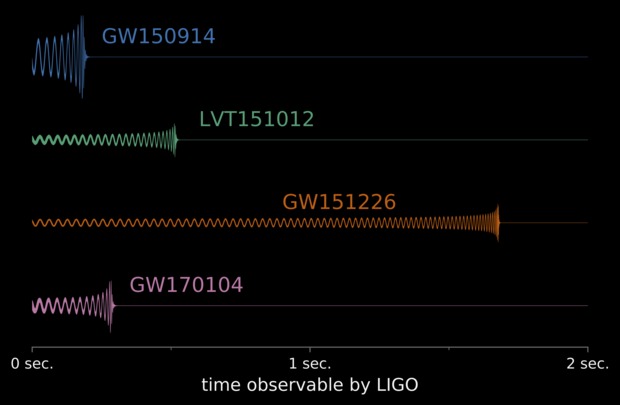
Behold! The Black Hole Collision Calculator!
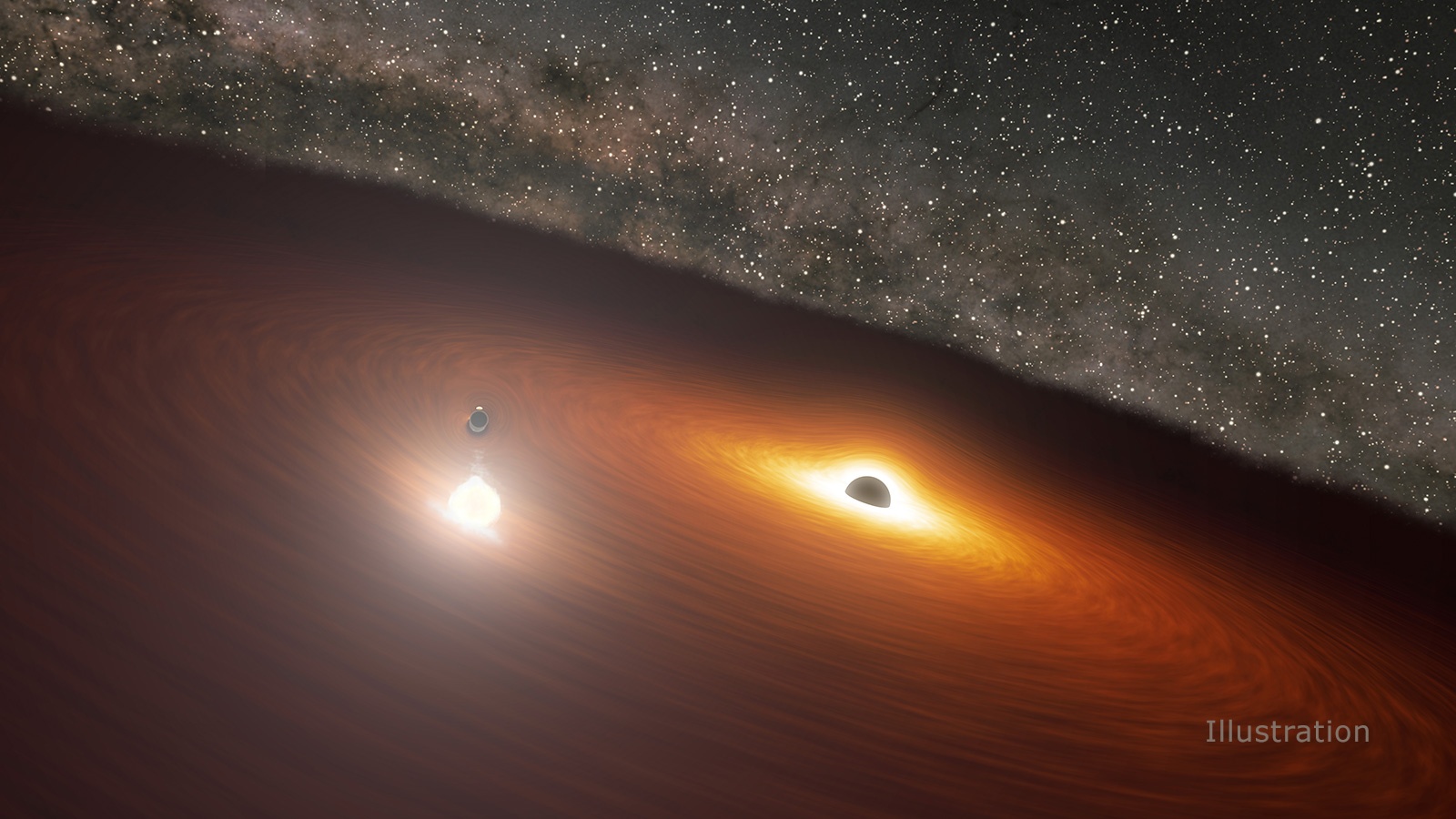
Black holes have been the subject of intense interest ever since scientists began speculating about their existence. Originally proposed in the early 20th century as a consequence of Einstein’s Theory of General Relativity, black holes became a mainstream subject a few decades later. By 1971, the first physical evidence of black holes was found and by 2016, the existence of gravitational waves was confirmed for the first time.
This discovery touched off a new era in astrophysics, letting people know collision between massive objects (black holes and/or neutron stars) creates ripples in spacetime that can be detected light-years away. To give people a sense of how profound these events are, Álvaro Díez created the Black Hole Collision Calculator (BHCC) – a tool that lets you see what the outcome of a collision between a black hole and any astronomical object would be!
Continue reading “Behold! The Black Hole Collision Calculator!”
